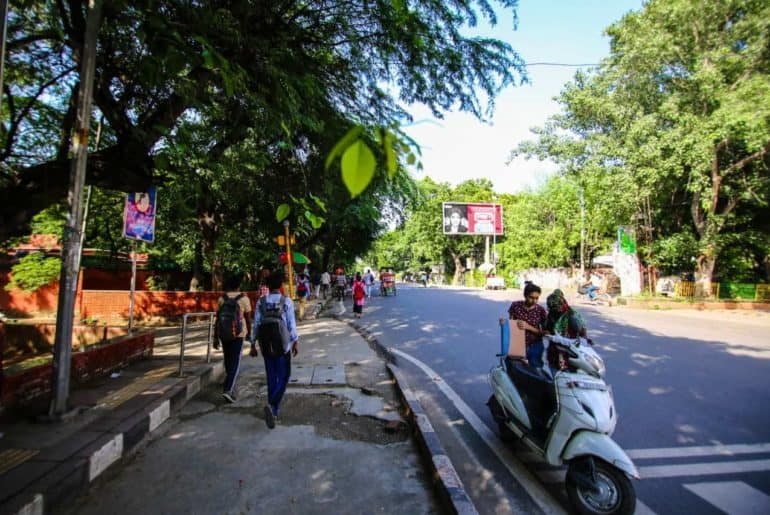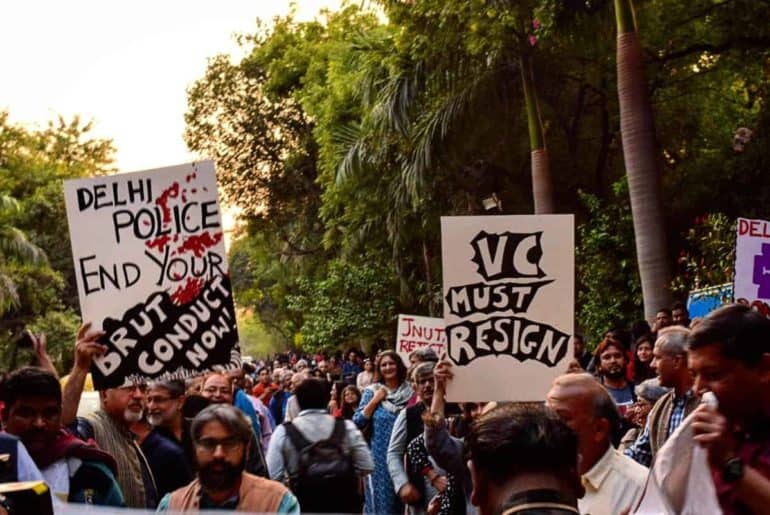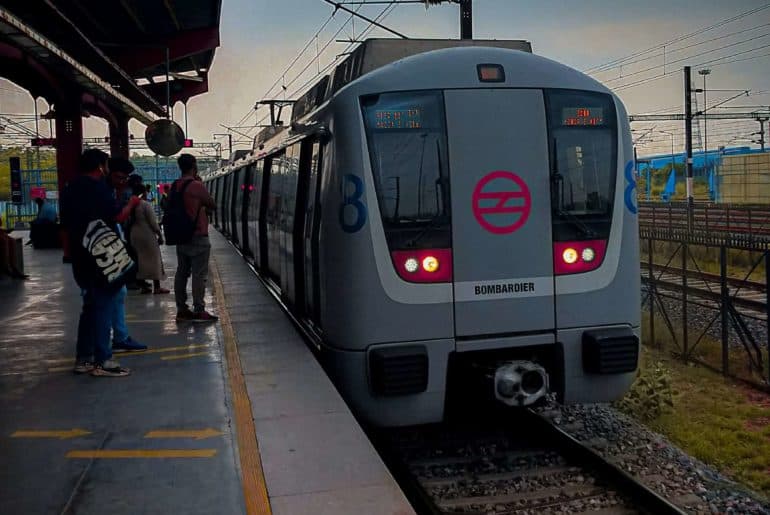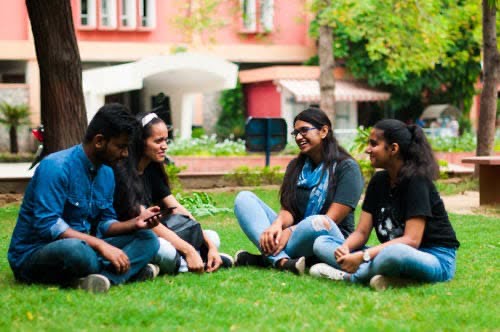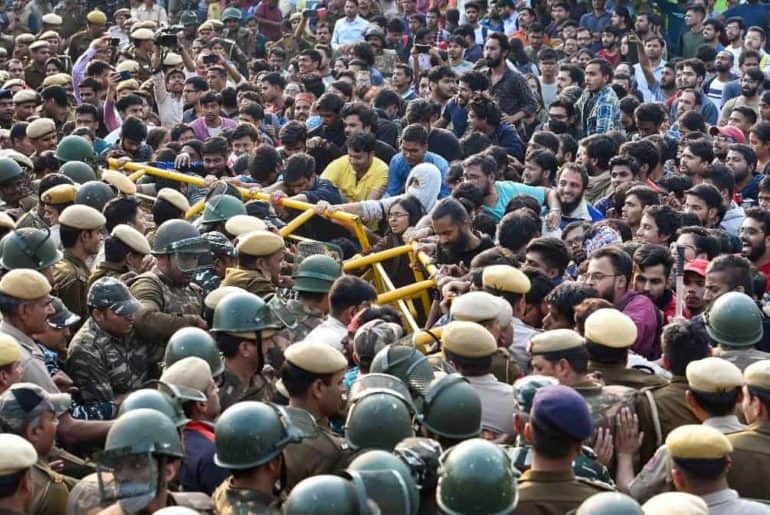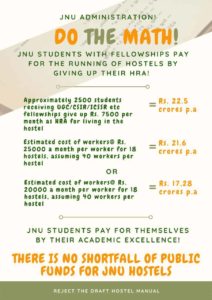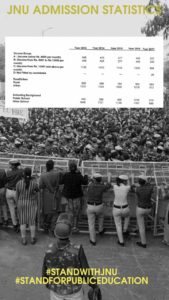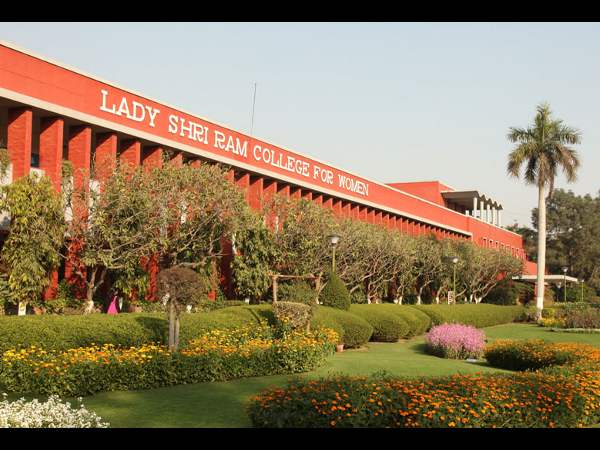The University of Delhi’s (DU) administration, principals and teachers have shown support towards the idea of having an ‘integrated North Campus’ ahead of the high-rise construction which is taking place and threatens to change the landscape of the area permanently.
In light of the recent developments with regards to the proposed construction of a high-rise building adjacent to the Vishwavidyalaya Metro Station in the North Campus of the University of Delhi, the administration is planning to integrate the University campus and transform it into a closed campus, with no free access to the public for the same.
Speaking at the 96th convocation of the University last month, Vice-Chancellor Yogesh Tyagi gave a fresh impetus to what has been a long-standing idea, saying he hoped the area will be turned into an “integrated campus with no thoroughfare” within one year.
Bipin Tiwari, a member of the task force set up by the University’s Campus Development Committee, said that a closed campus could mean the setting up of entry and exit gates at certain key roads such as Chhatra Marg, Cavalry Road, University Enclave and the GTB Road. Through this, the University hopes to restrict the movement of vehicles, not belonging to the staff or students, which currently pass through the area freely. It would also mean setting up alternative routes to divert the traffic.
The task force has written to the Public Works Department (PWD) asking it to carry out a traffic survey of the area and determine what routes may be possible. According to sources, two main hurdles being faced in lieu of this plan include – firstly, a traffic survey of the area and secondly, the much disputed construction of a 39-storey building in the campus.
The North Campus area, flanked by the Najafgarh drain on one side, the Kamla Nehru ridge on the other, the Ring Road in the north and Kamla Nagar in the south, is primarily dotted with university buildings, including various colleges, hostels, sports complexes and administrative blocks. And if the university authorities have their way, the campus will be closed off to the public, quotes The Hindu.
“We are demanding free movement, not a bigger cage to live in, which is what a closed campus will be,” the representative said, adding that the university would use the pretext of a closed campus to clear out street vendors, rickshaws, tea stalls and other small traders.
A representative of the Kamla Nagar Market Association said that while it would be too early to comment on any such proposal, the other stakeholders, including the residents in the area, would have to be taken into confidence for any such move.
Abhinandan Kaul, a first year student of St. Stephen’s College, favours the move of the administration in this regard, and says, “Making North Campus a closed campus would benefit the students by putting their security on priority. The closed campus would also ensure that the traffic is better managed and commute becomes easy for both staff and students. At the same time, I feel that the campus should only be made into a closed campus by increasing its reach, taking the example of other closed campuses such as that of IIT Delhi.”
Another first year student from Daulat Ram College, said on the condition of anonymity, “…a closed campus would benefit the students of DU immensely. They can avail the free environment of a public campus without compromising their security concerns. Even hostel curfews and strict deadlines would be extended if the campus is converted into a closed campus.”
Most principals and teachers of the DU colleges, though, support the idea of an ‘integrated North Campus’ as the under-construction high-rise threatens to change the landscape of the area permanently.
However, the campus and administration await the orders of the Supreme Court (SC) on the matter of the high-rise before any steps can be taken in the direction of having a closed campus.
Feature Image Credits: Akarsh Mathur for DU Beat
Bhavya Pandey

